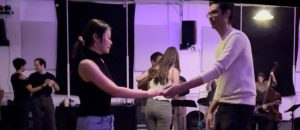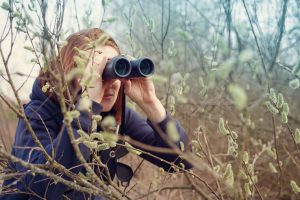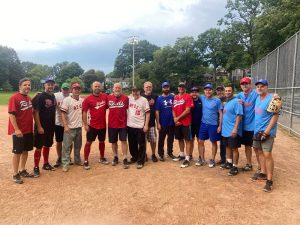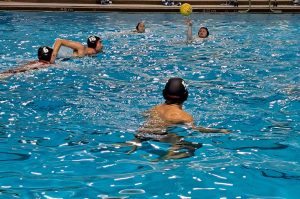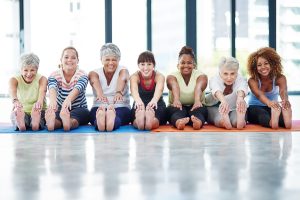Barriers to physical activity for 2SLGBTQQIA+ people
The 2SLGBTQQIA+ community faces unique barriers to participating in sport and physical activity. Between 1998 and 2013, a notable decline in sport participation and physical activity among 2SLGBTQQIA+ youth was reported. In fact, only 53.8% of 2SLGBTQQIA+ individuals were considered “moderately active” based on data from the Canadian Community Health Survey.
Lack of safe and accessible changerooms and washrooms, exclusion, hostile language, discrimination, and even violence are just a few of the obstacles that 2SLGBTQQIA+ experience when it comes to taking part in sport and physical activity. These barriers are especially alarming since physical activity and sport provide important benefits like reducing stress and anxiety, and improving confidence and self-esteem, that could help counter the heightened physical and mental health issues experienced by many 2SLGBTQQIA+ people. Participating in sport and physical activity is also an important opportunity to foster a sense of connection, community and belonging.
“Historically, sport has been pretty homophobic,” said Cat Goodfellow, chair of the National Capital Pride Run (NCPR), a fundraising run/walk that takes place every August during Capital Pride. “Physical activity and sport are such a core requirement for our health and well-being, so when we close it off to certain groups, even unintentionally, it can have profound negative health impacts.”
The Ottawa Frontrunners
After moving to Ottawa from Calgary over two years ago, Cat, who was looking for ways to meet new people, became involved in Ottawa’s 2SLGBTQQIA+ community and set off to achieve some running goals. This led Cat to join the Ottawa Frontrunners, a running and walking club for 2SLGBTQQIA+ people and friends that also acts as a community resource connecting other 2SLGBTQQIA+ sport groups and opportunities in Ottawa.
“Running is typically a solitary sport, but if you’re part of a running club, it lets you connect with others who keep you motivated and accountable,” said Cat. “Having people around you who accept and support you while helping you meet your fitness goals is such a powerful thing.”
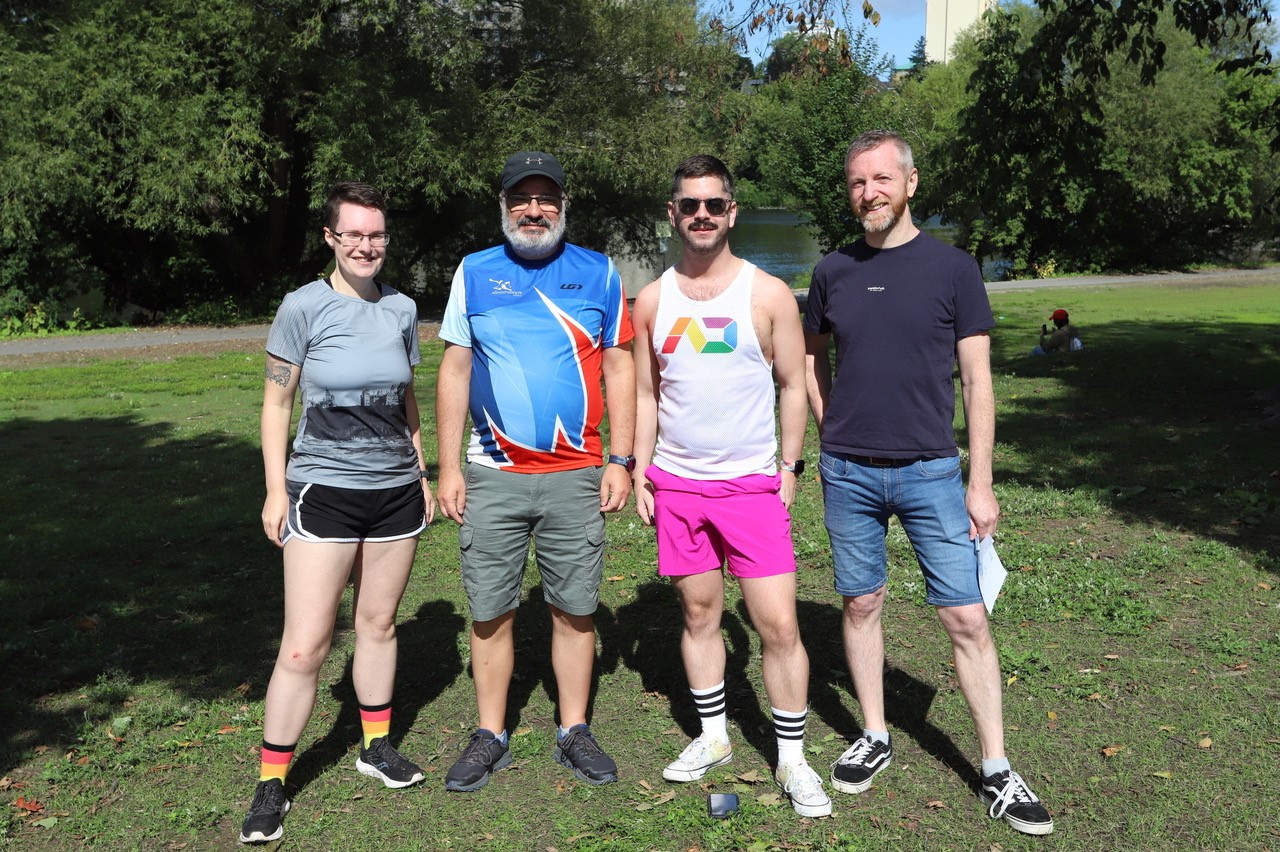
The National Capital Pride Run (NCPR)
Cat became chair of the NCPR shortly after joining the Ottawa Frontrunners. The NCPR was created in 2016 by two members of the Ottawa Frontrunners, one of whom was also a board member of Bruce House, an organization that brings hope, housing and support for people living with HIV in Ottawa. At last year’s event on August 27, 2022, 115 runners participated and raised an incredible $7,000 for Bruce House!
“The Ottawa Frontrunners and the NCPR both promote healthy lifestyles and combat some of the homophobia found in sports,” said Cat. “Every year we encourage people to show up and express their Pride spirit. The NCPR is also a healthy alternative to some of the more alcohol-focused events of Pride Week.”
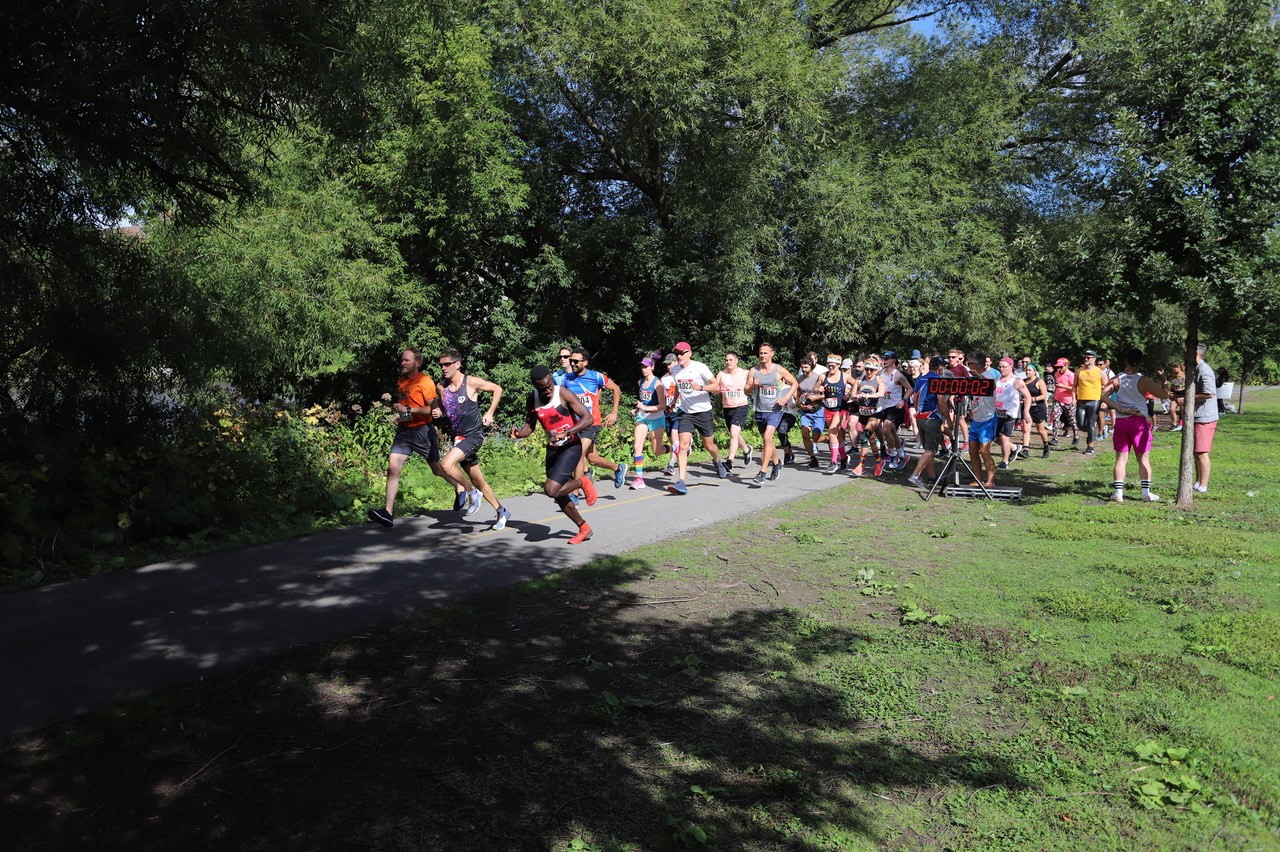
Cat’s advice
If you’re thinking of joining a sport club or participating in active fundraising events like the NCPR, here’s what Cat recommends:
“Show up and have fun — it will be a valuable experience! Understand that there will likely be people of all ability levels. Organizers are often so willing to get you on board and would love to ensure that you can participate in the way that’s right for you. Plus, when you get to support a good cause, it’s such a great way to feel less isolated and part of a wider community that looks out for each other.”
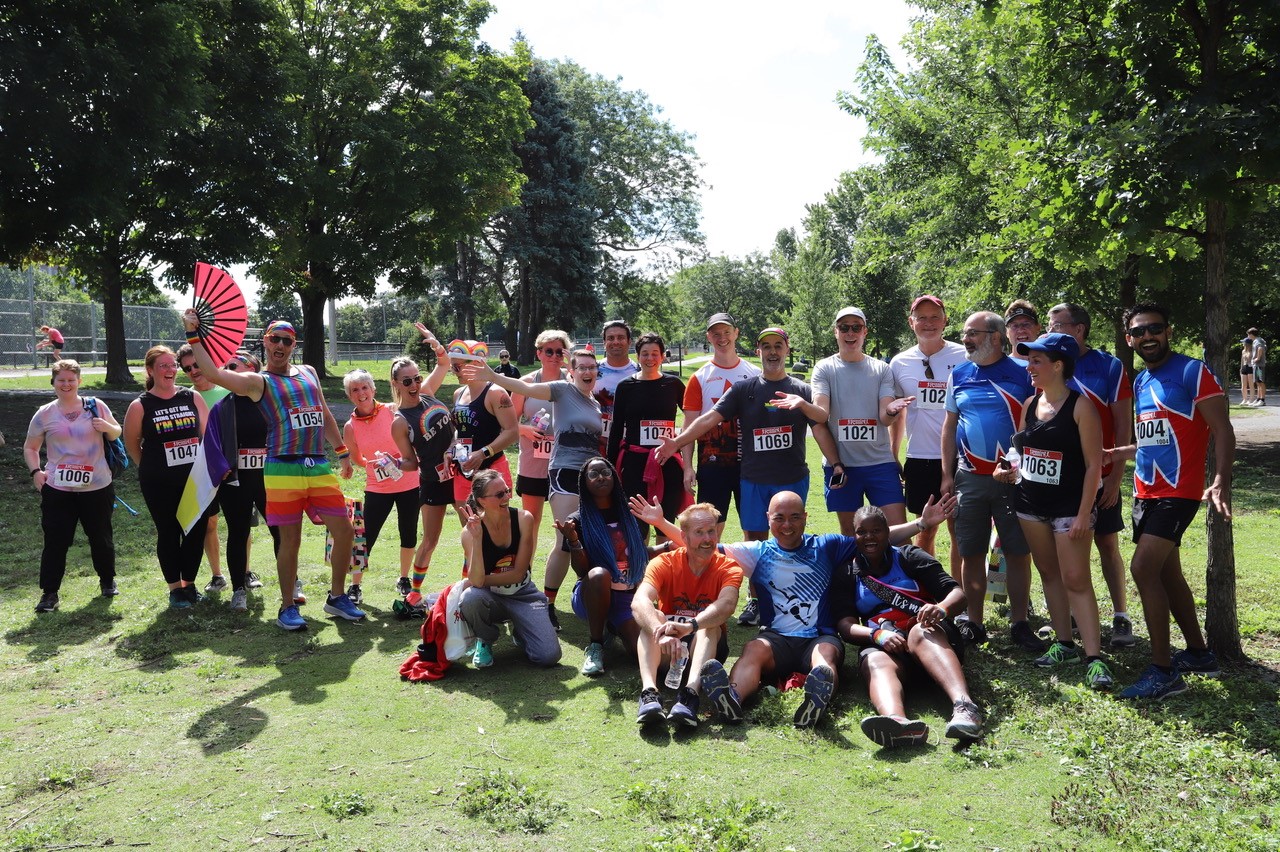
If you’re looking for ways to better support members of the 2SLGBTQQIA+ community in sports and physical activity, here’s what Cat suggests:
“Take the time to learn about gender identity and sexual orientation. If you run a sport club or fundraising event, look at your policies and figure out how to accommodate 2SLGBTQQIA+ people, especially those who are trans or non-binary. Think about how you can make your club or event as inclusive as possible. There are lots of great policy documents about inclusion of the 2SLGBTQQIA+ community in sports available online.
Look at how to make it possible for those first few people to get through the door. Many 2SLGBTQQIA+ people like getting personal referrals to sport clubs so they know that they’re safe and appropriate for them. If a few 2SLGBTQQIA+ people show up to your club or event and have fun, they’ll likely spread the word.”




